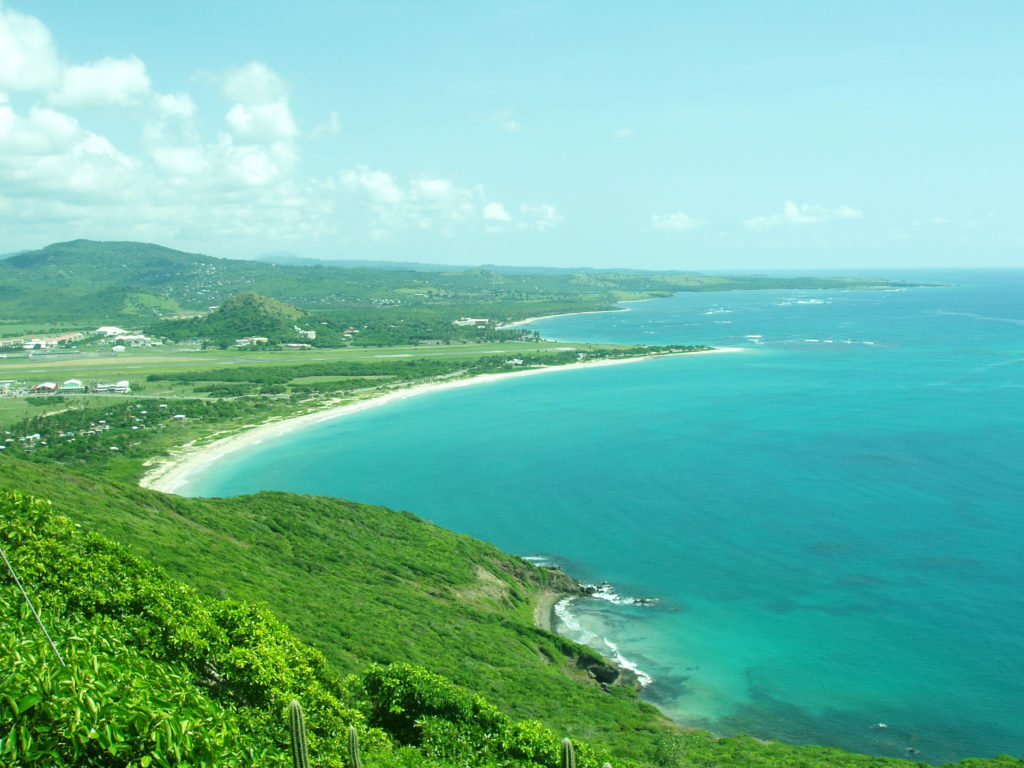
Surrounded on three sides by the Atlantic Ocean and the Caribbean Sea and on the fourth side by distant mountains, Vieux Fort is an untamed land of wide open spaces, salt-laden Atlantic breezes that act as a natural air-conditioner, and seemingly non-ending white sandy beaches. With its wide open spaces, its leisurely tempo, its hordes of uninhibited animals grazing freely on its pastures, and with Moule-A-Chique, a bold peninsula at its southern tip, Vieux Fort sometimes gives the impression that it is St. Lucia’s last frontier. And with an ocean-going vessel seaport and the island’s only international airport, Vieux Fort serves as the gateway to St. Lucia.
Natural Beauty & Attractions
As a vacation spot, Vieux Fort has a lot going for it. It is home to the island’s international airport, so upon arrival you would be at most 10 minutes from your accommodation. Vieux Fort’s Atlantic coast is home to Pointe Sable Beach, the longest uninterrupted sandy beach on the island. Clothed in a colony of sea-grape, sea-almond, and coconut palms, Pointe Sable is the very image of paradise. At its northern end lies the island’s largest expanse of mangrove forest. Less than a mile offshore sits the lush and picturesque Maria Islets Nature Reserve, a nesting ground for migratory birds and home to St. Lucia’s unique specie of whiptail lizard. At its southern end, Pointe Sable gives way to the 740 feet Moule-a-Chique peninsula, the tallest point on the Vieux Fort landscape, and the southernmost point on the island. On top of Moule-a-chique stands the second highest lighthouse in the world, providing ships and local fishermen safe passage.
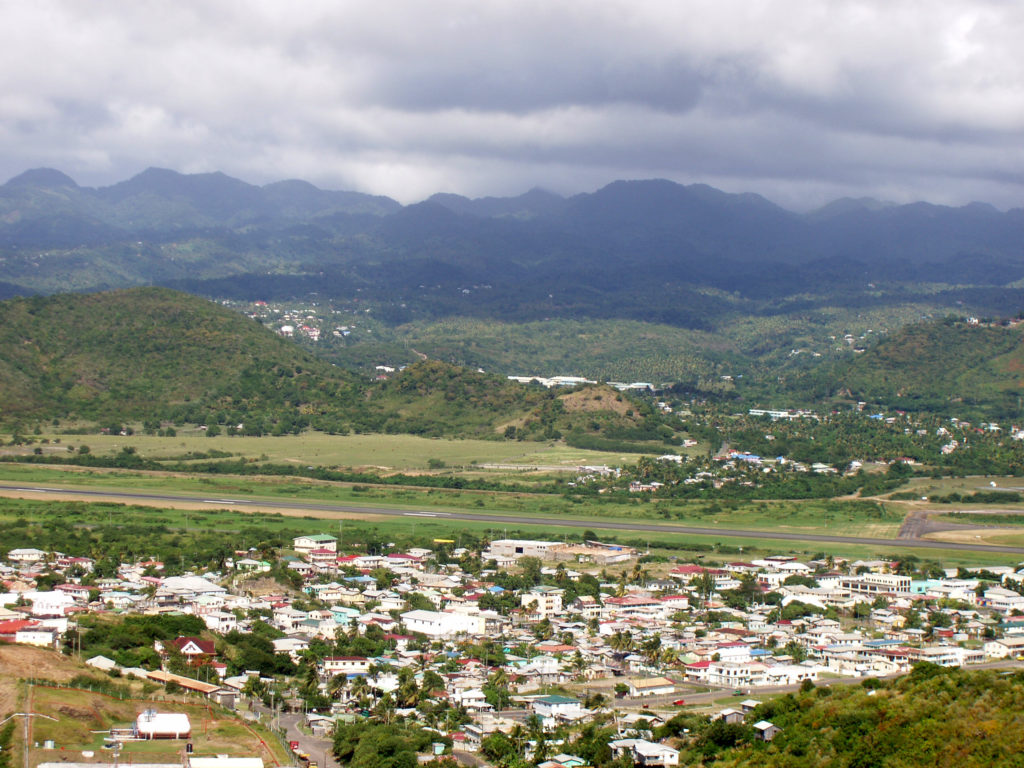
The view on top of Moule-a-Chique is probably the most spectacular view the island has to offer. From this vantage point the seascape and landscape disrobe their beauty: the plains of Vieux Fort, the confluence of the Atlantic Ocean and Caribbean Sea, the Marie Islets sitting untamed in the Atlantic Ocean, the endless stretch of Point Sable Beach, the town of Vieux Fort and its Caribbean waterfront, the full lay of the international airport, the low lying hills that form Vieux Fort’s hinterland, beyond these hills the Pitons, Mount Gimie, and the island’s central mountain range.
If all of this water sports and scenic attractions didn’t tick your fancy, then wait, all is not lost, for Vieux Fort is in close proximity to many other attractions. To the west, the Bay and Village of Laborie along with the Rudy John Recreational Beach Park, a secluded bathing spot and once a host of the St. Lucia Jazz Festival, is only ten minutes away. Soufriere, perhaps St. Lucia’s most picturesque district, along with its many nature attractions, including a drive-in volcano, the awe-inspiring Pitons, sulfur spring mineral baths, botanical gardens, spectacular waterfalls, whale watching tours, and the best scuba diving spot on the island, is only 25 minutes away. To the east, Latille Falls, Mamiku Botanical Gardens, Des Cartiers Rainforest and trails are less than 30 minutes away.
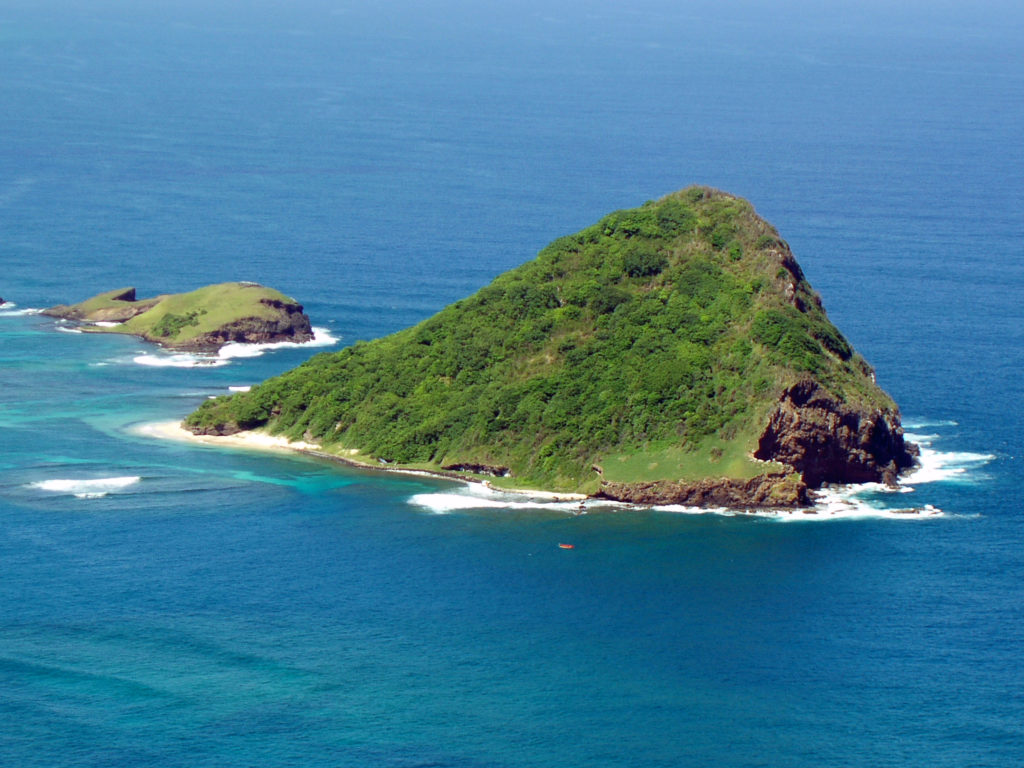
Life & Culture
As the commercial hub of the southern half of the island, Vieux Fort presents a microcosm of the island’s people and culture. Its vibrant and colorful produce market spills unto the sidewalks of its main streets. Saturdays when rural folk joins city folk to shop and entertain themselves, the town buzzes with excitement and activity. Karaoke bars, Country and Western dance parties, and popular Caribbean music nightspots keep partygoers entertained far into the night.
At Vieux Fort’s Caribbean waterfront sits an elaborate fishery complex where seagulls in search of an easy meal hover overhead, and where sunlight reflects off the colorful fleet of fishing boats — with names like Wave Dancer, God’s First Gift Is Life, and Son of Sun — that is largely responsible for making the town the fishing capital of St. Lucia. Stay a few minutes at the complex and bear witness to the fish-laden boats as they return home from their fishing expeditions.
Along Commercial Street, Vieux Fort’s French Creole architecture is on display, including the Old Plantation House, a century-old wooden building, once an upper-middle-class home but now a Creole restaurant. The Old Plantation House comes with an attic that overlooks a courtyard interspersed with popular St. Lucian fruit trees. On the main floor, artifacts are on display that speak of Vieux Fort and St. Lucian history. Most of the traditional St. Lucian Creole dishes, cooked on coal-pots as in the olden days, are on offer at the Old Plantation House. Dining is in the open courtyard where history, culture, nature, and cuisine come together.
On the outskirts of Vieux Fort lies Baron Foods, a food processing plant whose spices, seasonings, and fruit juices are exported throughout the world. If you were to visit Baron Foods, don’t leave without a souvenir basket of the company’s spices and seasonings because it is our recommended first step to developing your St. Lucian and Caribbean culinary skills.
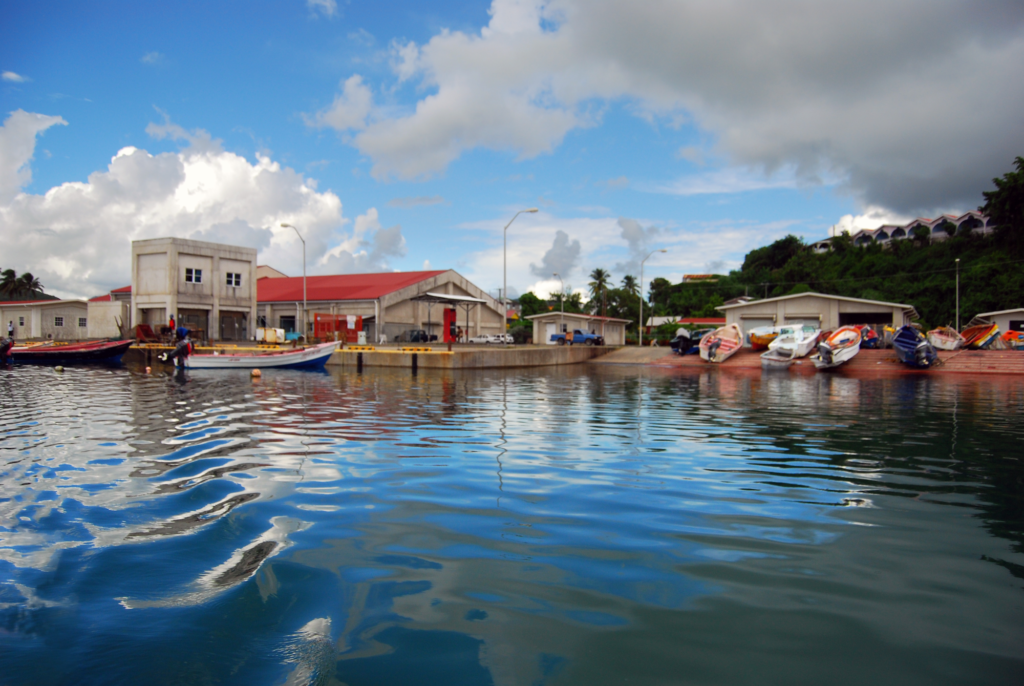
A few minutes up road from Baron Foods is The Windward and Leeward Brewery, producers of the famous Piton Beer, named after the even more famous St. Lucian World Heritage twin peaks. Specifically brewed to the taste of the St. Lucian palate, the Piton has now caught the fancy of locals and visitors alike.
Vieux Fort along with its hinterlands is a bastion of St. Lucian culture. The town is a hotbed of reggae music and home to 4th World, the best reggae band in the Eastern Caribbean. Violist, Rameau Poleon, a resident of Belvue, a rural hamlet in Vieux Fort North, is considered the best folk musician the island has produced, and Monty Maxwell who hails from the heart of the town is one of St. Lucia’s best jazz musicians. Both Monty, Rameau, and 4th World were regular fixtures of the St. Lucia Jazz Festival, which in its heyday was considered among the top three best jazz festivals in the world.
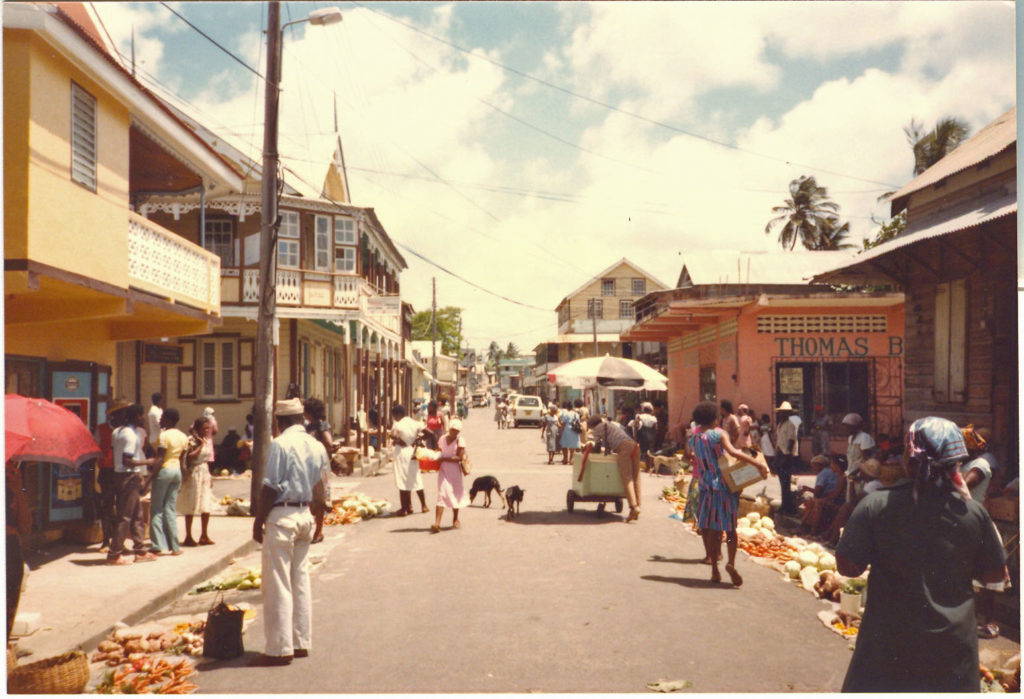
Jako Productions, an entertainment and cultural establishment that publishes books and magazines, produces music and film, manages artist, bands and models, and stages musical, literary and other cultural events, is perhaps the best embodiment of Vieux Fort’s creative and cultural spirit. A visit to Jako Productions will give you the opportunity to purchase some of these products and delve more deeply into St. Lucian history and culture.
In recent years a distinct body of literature has emerged in Vieux Fort that is among the best of what the island has to offer. This growing body of literature includes books by Dr. Jolien Harmsen: A History of St. Lucia (2012), A Short History of Vieux… (1999), and Rum Justice (2008); poetry by Modeste Downes: Phases (2005) and Theatre of the Mind (2012); novel by Clive Sankardayal: The Brown Curtains (2006); and books by Anderson Reynolds: Death by Fire (2001), The Struggle for Survival … (2003), and The Stall Keeper (2017).
A mere seven miles from Vieux Fort, in the rural hamlet of Desruisseaux, hails Iyanola Pictures, who with four box-office hit movies, including Ribbons of Blue, the international award-winning movie, is single-handedly pioneering the film industry in St. Lucia.
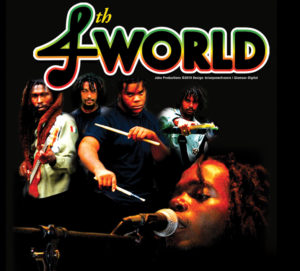
The History
Vieux Fort occupies a special place in St. Lucian history. It represents one of the island’s oldest settlement and it was the point of the first recorded European landing on the island. Indeed, Vieux Fort takes its name after a fort built by the Dutch in the 17th century.
Amerindian presence in St. Lucia dates back 500BC to the fishing, hunting, and gatherer Ciboneys. Apparently, the southern part of the island, stretching from Micoud in the southeast to Choiseul in the southwest and encompassing Vieux Fort in the center, had the highest concentration of Amerindian settlement on the island. Many Amerindian archaeological sites have been found along that corridor at the mouths of rivers and at short distances from the coast.
Today banana fields dominate the St. Lucian landscape, but just a few decades ago bananas were virtual nonexistent and sugar reigned supreme. Vieux Fort played a significant role in the island’s sugar industry. It was the site of its first sugar plantation and its first sugar mill. In days gone by the plains of Vieux Fort were covered with sugarcane fields swaying gently in the Atlantic breeze. Remnants of old sugar machinery, and wind and water sugar mills can still be found in Vieux Fort and adjoining areas.
Slavery was abolished in 1838, creating a dearth of cheap labor on the sugar plantations. To meet the shortage, East Indian laborers were introduced as indentured workers. In the Vieux Fort area the Indians eventually settled in village pockets with names like Augier, Pero and Cacoa. Today the area has the highest concentration of East Indian population on the island, and through intermarriage and cultural assimilation the Indians have added their sway to St. Lucia’s cultural and ethnic mix.
World War II came along in 1941, and in exchange for reconditioned warships the Americans leased from the cash-strapped and war-weary British all of three thousand and thirty-one acres of the plains of Vieux Fort. The Vieux Fort sugar factory came to a halt and the sugarcane fields disappeared to make way for a military base. Vieux Fort made history, becoming a boomtown overnight and attracting workers from all over the island and beyond.
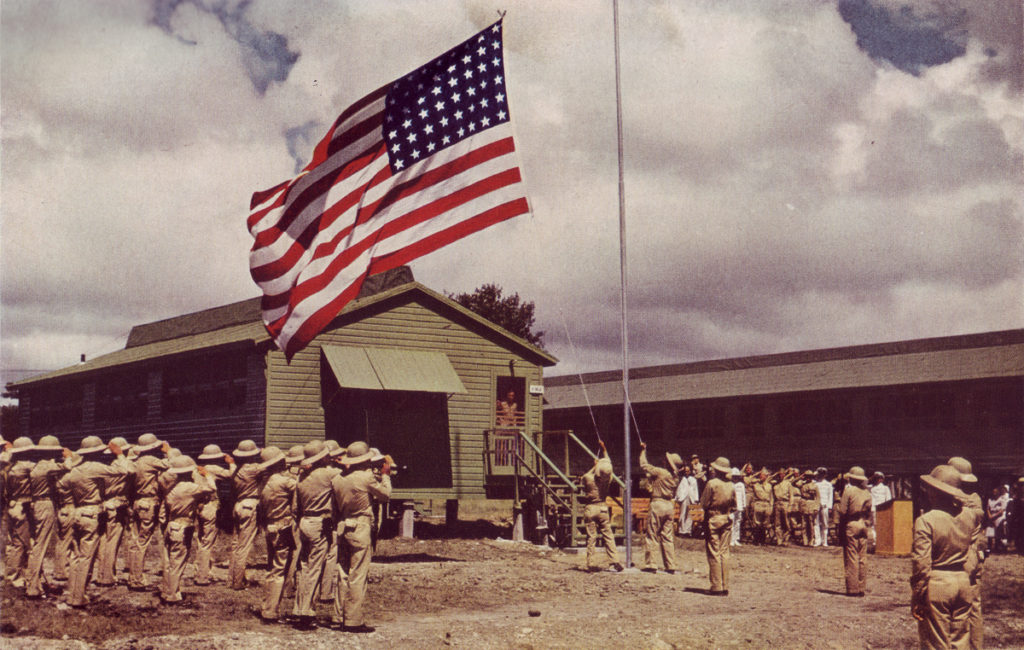
Today evidence of American World War II presence in Vieux Fort abound. St. Judes Hospital, network of roads and runways, the recently demolished Kai Planes (airplane houses), Benefield Airport (lengthened and renamed Hewanorra), bridges, water plants, water reservoirs, underground tunnels, the finger pier dock, the Vieux Fort Comprehensive Secondary School, and remnants of radar systems on Moule-a-Chique and on Morne le Blanc, are all part of American wartime legacy.
![]()
